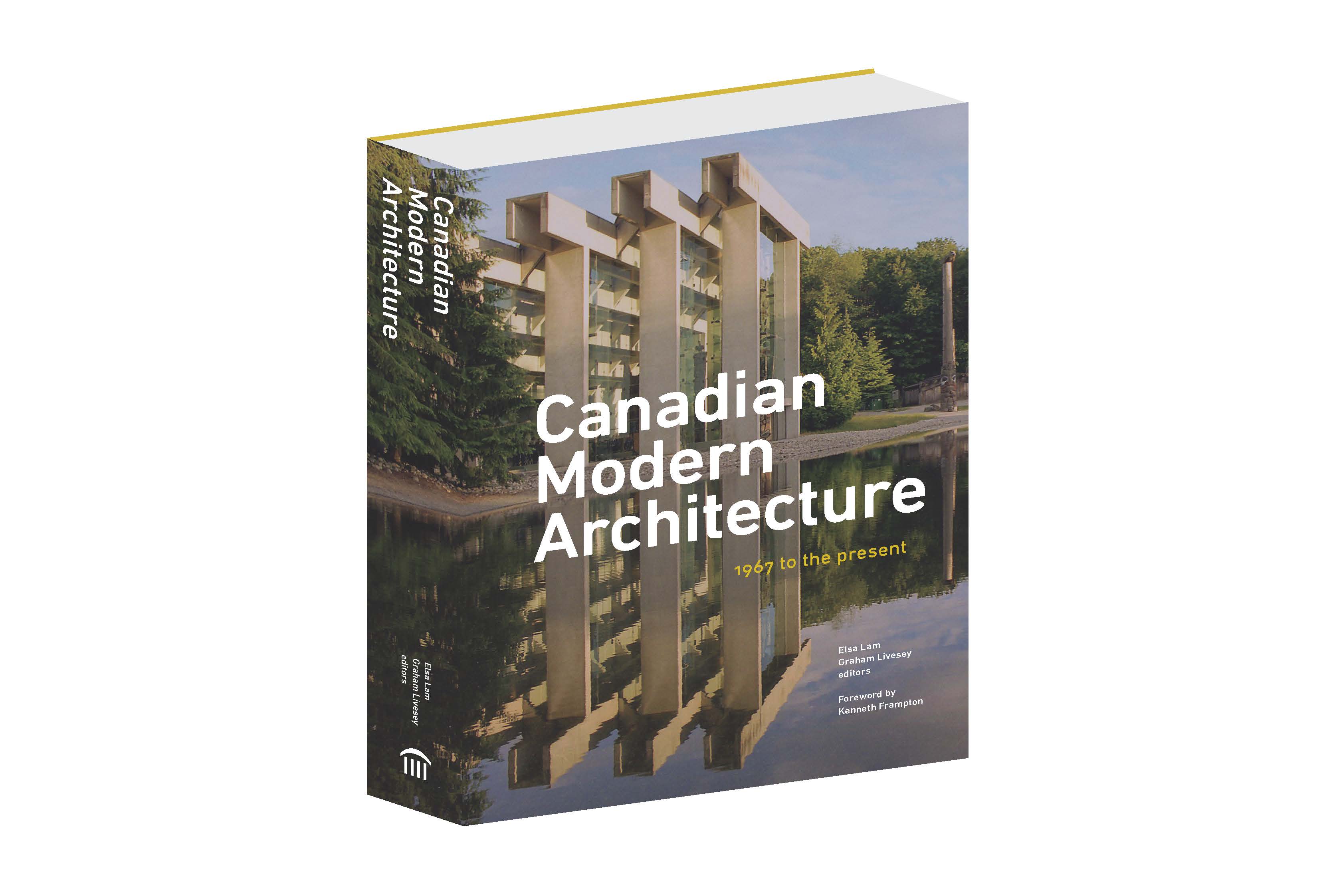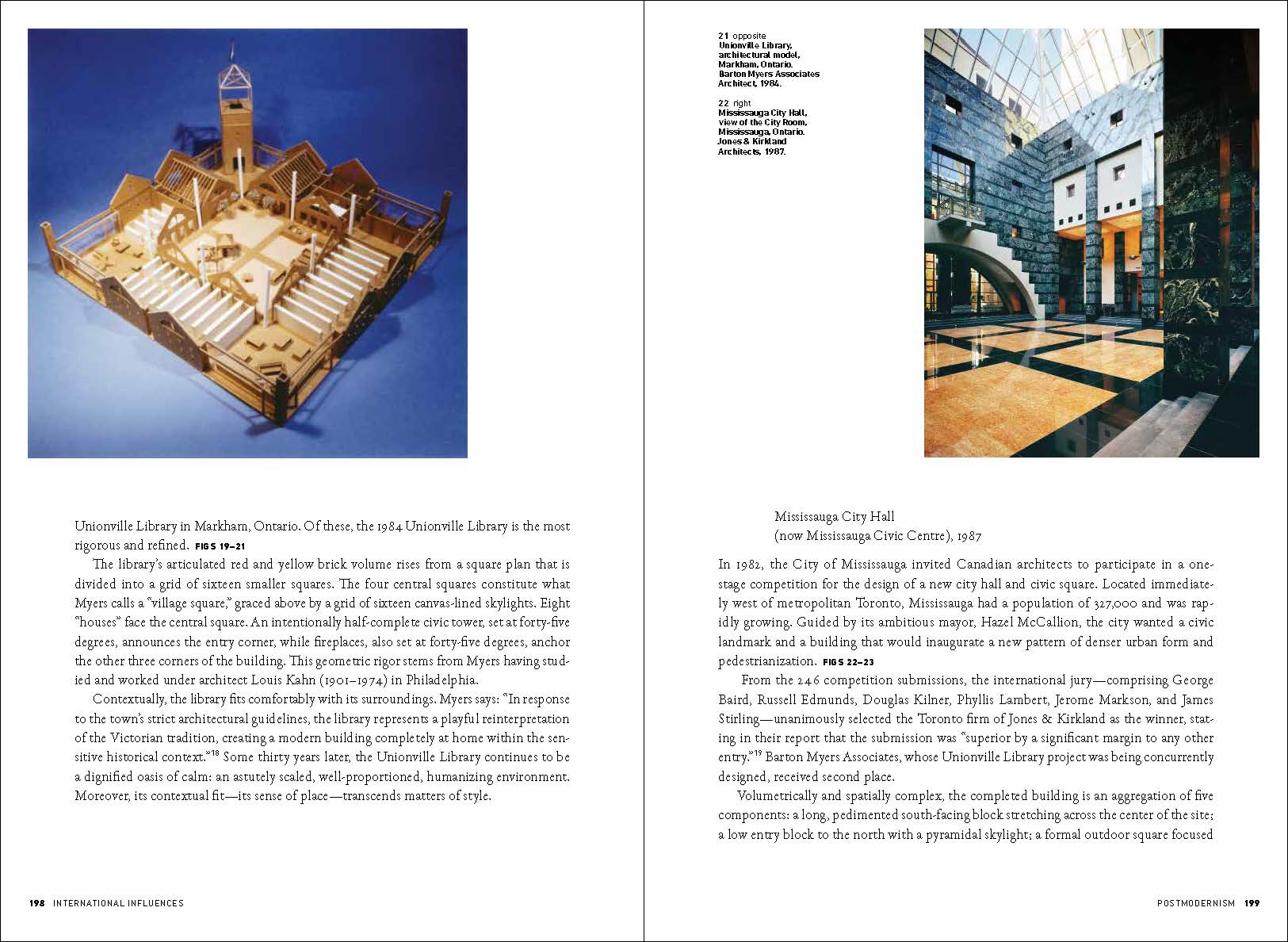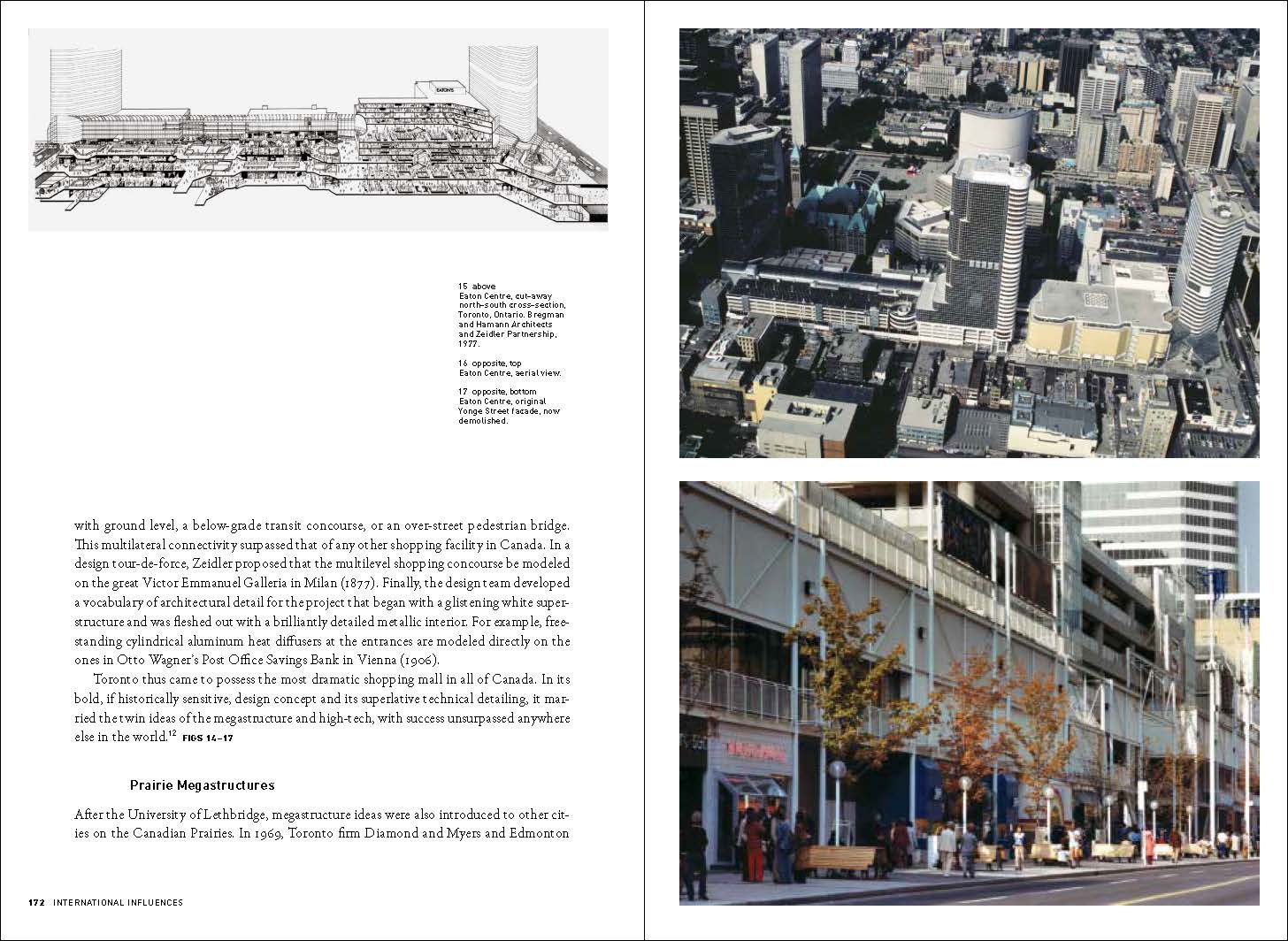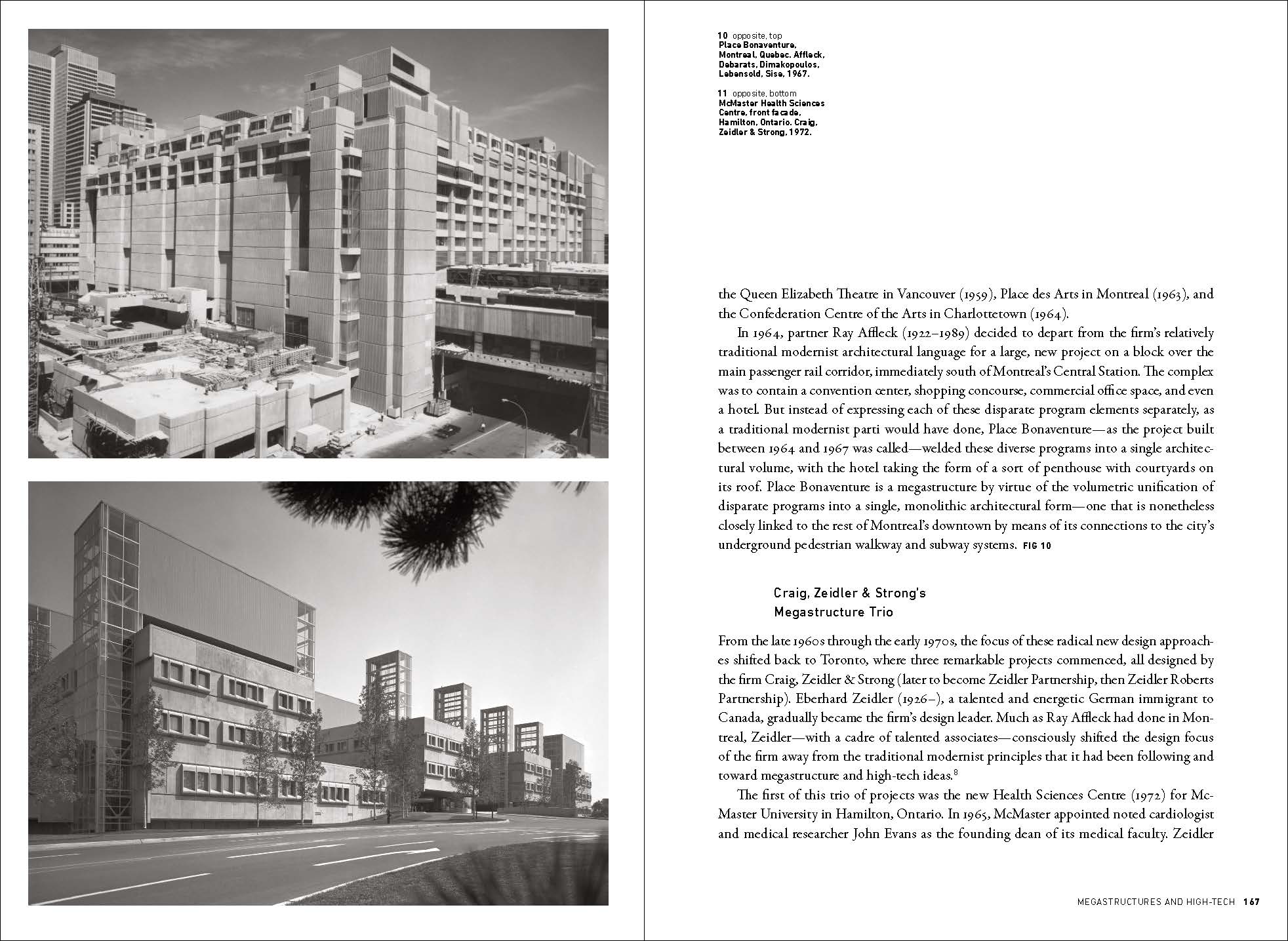Fireside Chat: George Baird and Larry Wayne Richards
-
Main Hall
Doors at 6 pm, talk from 6:30-8 pm
This event is free; registration is requested here.
To mark the Toronto launch of the book Canadian Architecture, 1967 to the present, former architecture deans George Baird and Larry Wayne Richards discuss their research for their book chapters on megastructures and postmodernism in Canadian architecture.
In the fifty years since 1967, there have been many global changes in architecture. Canada has not been immune to these influences, and in a number of cases, Canadian architects have played a crucial role in the development of international trends. In his essay, George Baird explains how the concept of the “megastructure” building was widely embraced in Canada during the 1960s and 1970s. These large, adaptable buildings were used in designs for university campuses, including the University of Lethbridge in Alberta; urban projects, such as Place Bonaventure in Montreal; the influential Health Sciences Centre at McMaster University in Ontario; and Robson Square in downtown Vancouver. Some Canadian firms also embraced the high-tech architectural style inspired by British practices.
Larry Wayne Richards discusses the impact of postmodernism on Canadian architecture, derived mainly from the work of American proponents such as Robert Venturi, Denise Scott Brown, and Charles Moore. Toronto-based architects Jack Diamond and Barton Myers were early promoters of a refined postmodernism. Eventually the style’s influence would spread across the country through the work of architects such as Richard Henriquez in Vancouver, Barry Johns in Edmonton, Peter Rose in Montreal, and Brian MacKay-Lyons in Halifax. Two of the most internationally celebrated postmodern projects are in Canada: Mississauga City Hall near Toronto, and the Canadian Centre for Architecture in Montreal.
The conversation will be moderated by Elsa Lam, co-editor of the book and editor of Canadian Architect magazine.






